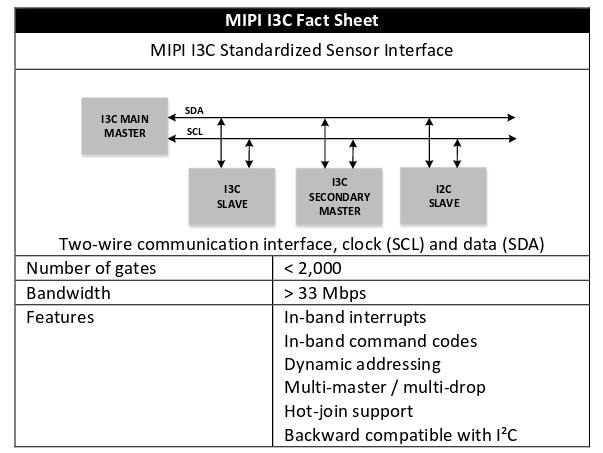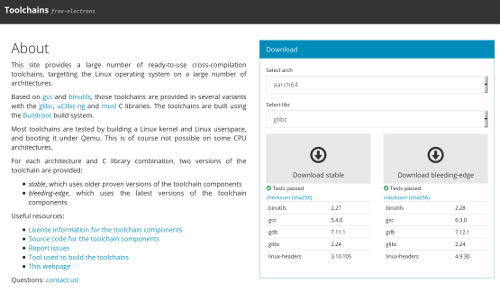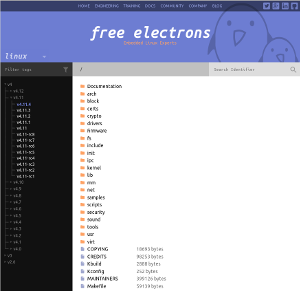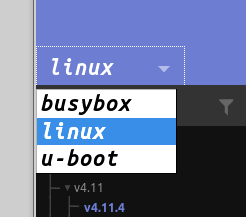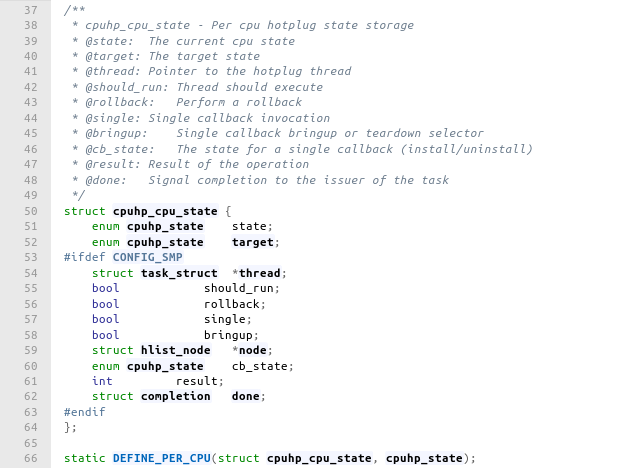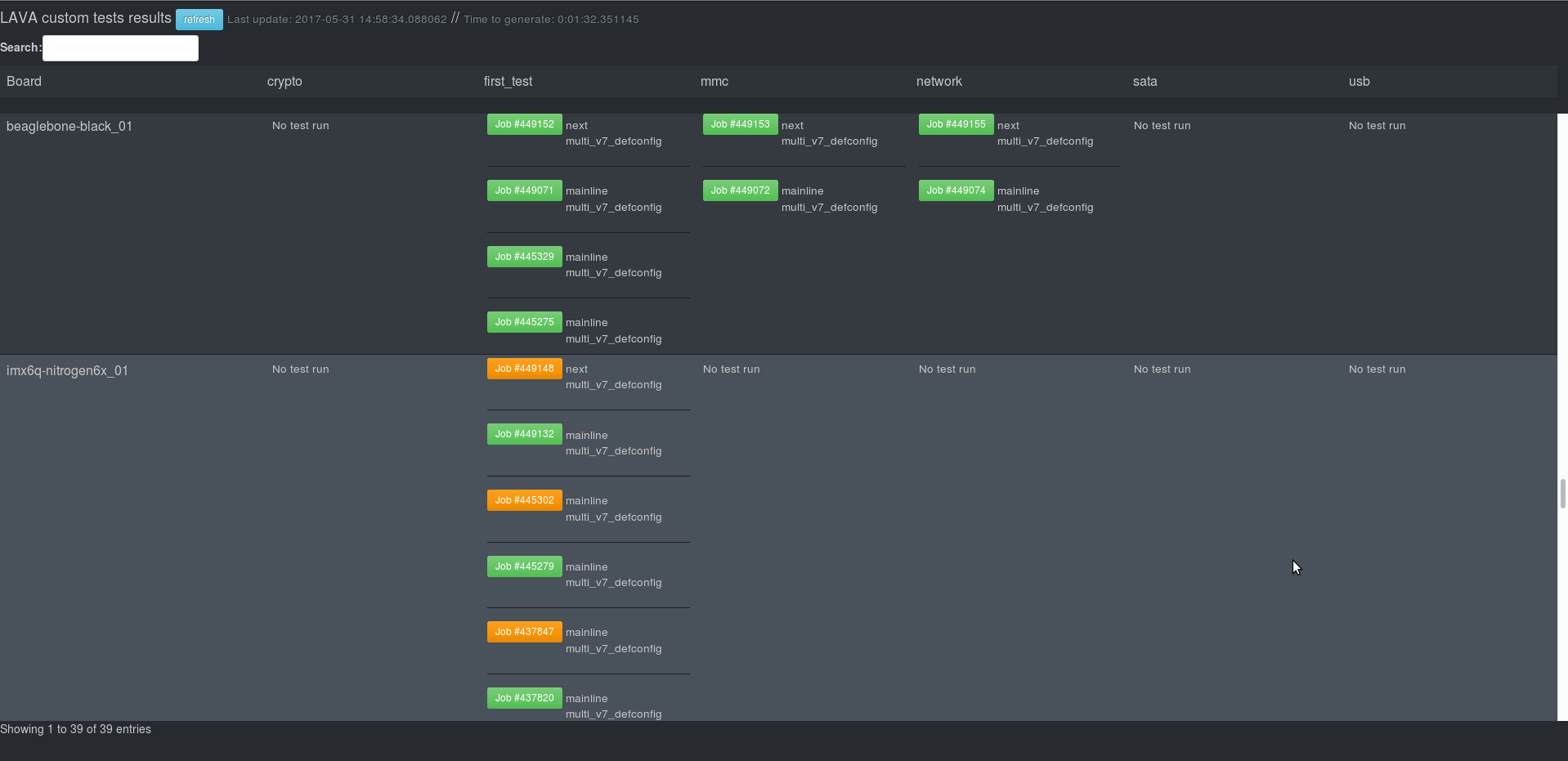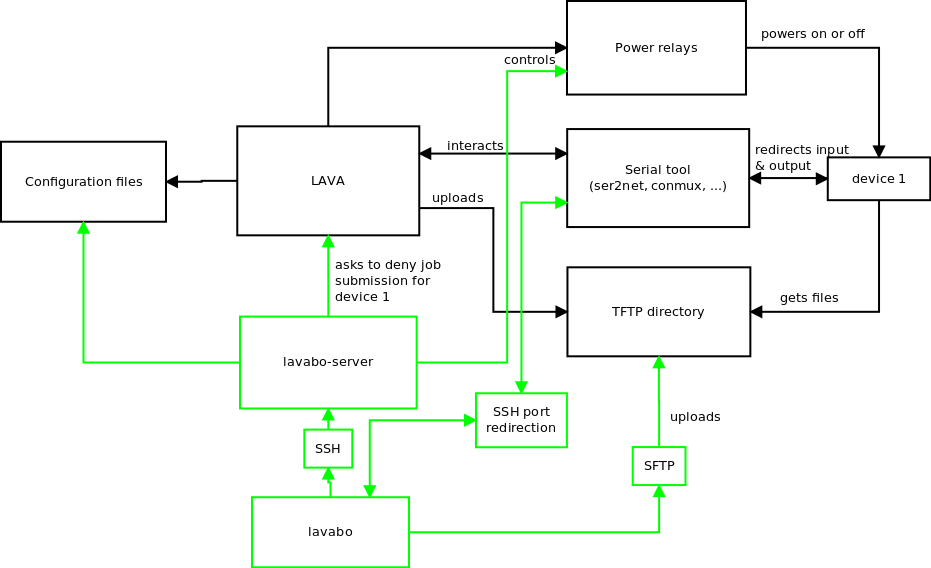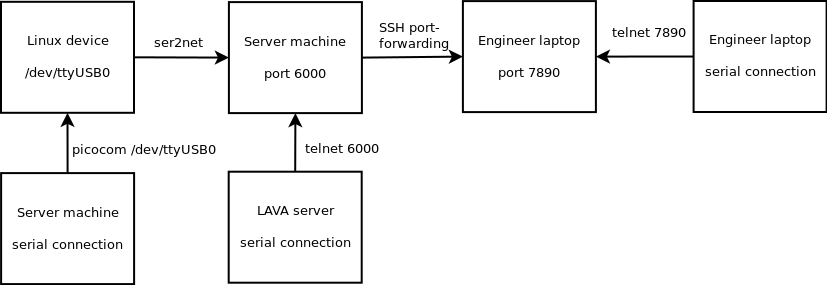As most people know, getting GPU-based 3D acceleration to work on ARM platforms has always been difficult, due to the closed nature of the support for such GPUs. Most vendors provide closed-source binary-only OpenGL implementations in the form of binary blobs, whose quality depend on the vendor.
This situation is getting better and better through vendor-funded initiatives like for the Broadcom VC4 and VC5, or through reverse engineering projects like Nouveau on Tegra SoCs, Etnaviv on Vivante GPUs, Freedreno on Qualcomm’s. However there are still GPUs where you do not have the option to use a free software stack: PowerVR from Imagination Technologies and Mali from ARM (even though there is some progress on the reverse engineering effort).
Allwinner SoCs are using either a Mali GPU from ARM or a PowerVR from Imagination Technologies, and therefore, support for OpenGL on those platforms using a mainline Linux kernel has always been a problem. This is also further complicated by the fact that Allwinner is mostly interested in Android, which uses a different C library that avoids its use in traditional glibc-based systems (or through the use of libhybris).
However, we are happy to announce that Allwinner gave us clearance to publish the userspace binary blobs that allows to get OpenGL supported on Allwinner platforms that use a Mali GPU from ARM, using a recent mainline Linux kernel. Of course, those are closed source binary blobs and not a nice fully open-source solution, but it nonetheless allows everyone to have OpenGL support working, while taking advantage of all the benefits of a recent mainline Linux kernel. We have successfully used those binary blobs on customer projects involving the Allwinner A33 SoCs, and they should work on all Allwinner SoCs using the Mali GPU.
In order to get GPU support to work on your Allwinner platform, you will need:
- The kernel-side driver, available on Maxime Ripard’s Github repository. This is essentially the Mali kernel-side driver from ARM, plus a number of build and bug fixes to make it work with recent mainline Linux kernels.
- The Device Tree description of the GPU. We introduced Device Tree bindings for Mali GPUs in the mainline kernel a while ago, so that Device Trees can describe such GPUs. Such description has been added for the Allwinner A23 and A33 SoCs as part of this commit.
- The userspace blob, which is available on Bootlin GitHub repository. It currently provides the
r6p2version of the driver, with support for both fbdev and X11 systems. Hopefully, we’ll gain access to newer versions in the future, with additional features (such as GBM support).
If you want to use it in your system, the first step is to have the GPU definition in your device tree if it’s not already there. Then, you need to compile the kernel module:
git clone https://github.com/mripard/sunxi-mali.git cd sunxi-mali export CROSS_COMPILE=$TOOLCHAIN_PREFIX export KDIR=$KERNEL_BUILD_DIR export INSTALL_MOD_PATH=$TARGET_DIR ./build.sh -r r6p2 -b ./build.sh -r r6p2 -i
It should install the mali.ko Linux kernel module into the target filesystem.
Now, you can copy the OpenGL userspace blobs that match your setup, most likely the fbdev or X11-dma-buf variant. For example, for fbdev:
git clone https://github.com/bootlin/mali-blobs.git cd mali-blobs cp -a r6p2/fbdev/lib/lib_fb_dev/lib* $TARGET_DIR/usr/lib
You should be all set. Of course, you will have to link your OpenGL applications or libraries against those user-space blobs. You can check that everything works using OpenGL test programs such as es2_gears for example.

 Linux 4.13 was
Linux 4.13 was 